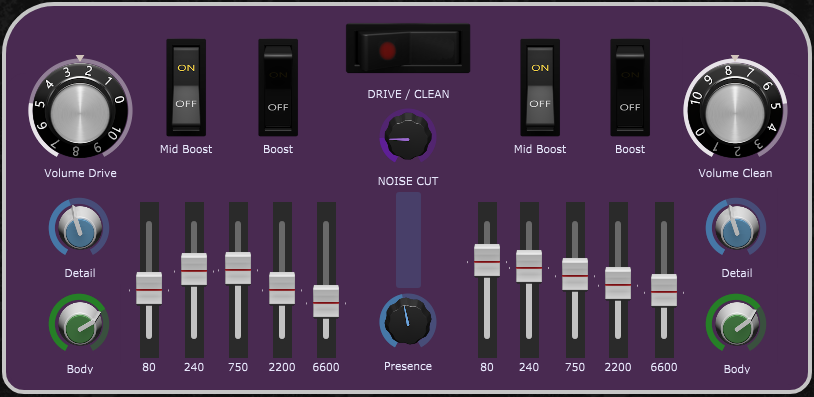In this article, you will learn why you should avoid controlling plugin parameters directly from your MIDI controller.
Background
Many Gig Performer users coming from older applications often try to bypass widgets. Instead, they use the plugin’s built-in MIDI learn facility to map a plugin parameter directly to a physical knob or slider on a keyboard or control surface.
There are several small problems with this and several serious “gotchyas” with which to be concerned.
Small problems
..
Non-uniform procedure
This means that plugins from different manufacturers use different approaches to learn MIDI. For example, do you right-click on a parameter, do you go to a separate mapping section, etc. Additionally, menus are different for each plugin, etc.
No MIDI Learn facility built into a plugin
Some plugins don’t even support MIDI learn in the first place.
Variable functionality
Functionality such as scaling, constraints (defining min/max values for example), customized resets and control of multiple parameters may be difficult or more likely not available.
.
Gotchyas
.
Controlling the same plugin parameter from different physical controls
You can’t control the same plugin parameter from different physical controls unless the plugin itself can support responding to multiple different MIDI messages. This is very rare. In fact, I don’t think I’ve ever seen a plugin that does that.
For example, suppose you want to control the cutoff filter of your “Moog” from knobs on two different keyboards. In that case, you’ll have to arrange for both keyboards to use the same CC value for that knob. This restricts you because you won’t be able easily distinguish them in other scenarios if you depend on plugin MIDI learn.
What if you keyboard fails
Suppose your keyboard fails and you have to use a different one. In that case, you will not want to be sitting at sound check frantically looking for a manual to figure out how to reconfigure that keyboard to send out the same CC messages as the broken one did.
Trust me, I’ve been there! That was one of the motivations for our Rig Manager feature.
Backline gear
Suppose you’re touring or doing festivals where the controllers are part of a backline. Well, in that case, you’re going to have the same problem. So, you’re either going to have figure out how to reprogram the controller or you’re going to have to visit every plugin and relearn the MIDI messages. AND you have to remember which plugin parameters you’re actually needing to control. All while under pressure of sound check or you have 5 minutes before you start!
.
Solution: use widgets instead
.
Widgets are your friend. Really.

Yeah, it takes a little bit of thinking to deal with the slight paradigm shift and indirection but by using widgets as your intermediary, you can avoid all of the problems above because Gig Performer’s Rig Manager lets you reconfigure MIDI associations incredibly quickly, even in the situation where you only have a few minutes.
And of course you also get many other benefits such as individual scaling, customized reset values, grouping to control multiple parameters and so forth.
Therefore, avoid controlling plugin parameters directly. It’s really worth taking the time to understand how to use widgets and the Rig Manager.
.
Related topics:
– Use host automation rather than MIDI to control plugin parameters
– Rackspaces vs. Program Changes
– How to rapidly assign plugin parameters to widgets (with video)
– Migrating slowly from other audio plugin hosts to Gig Performer

